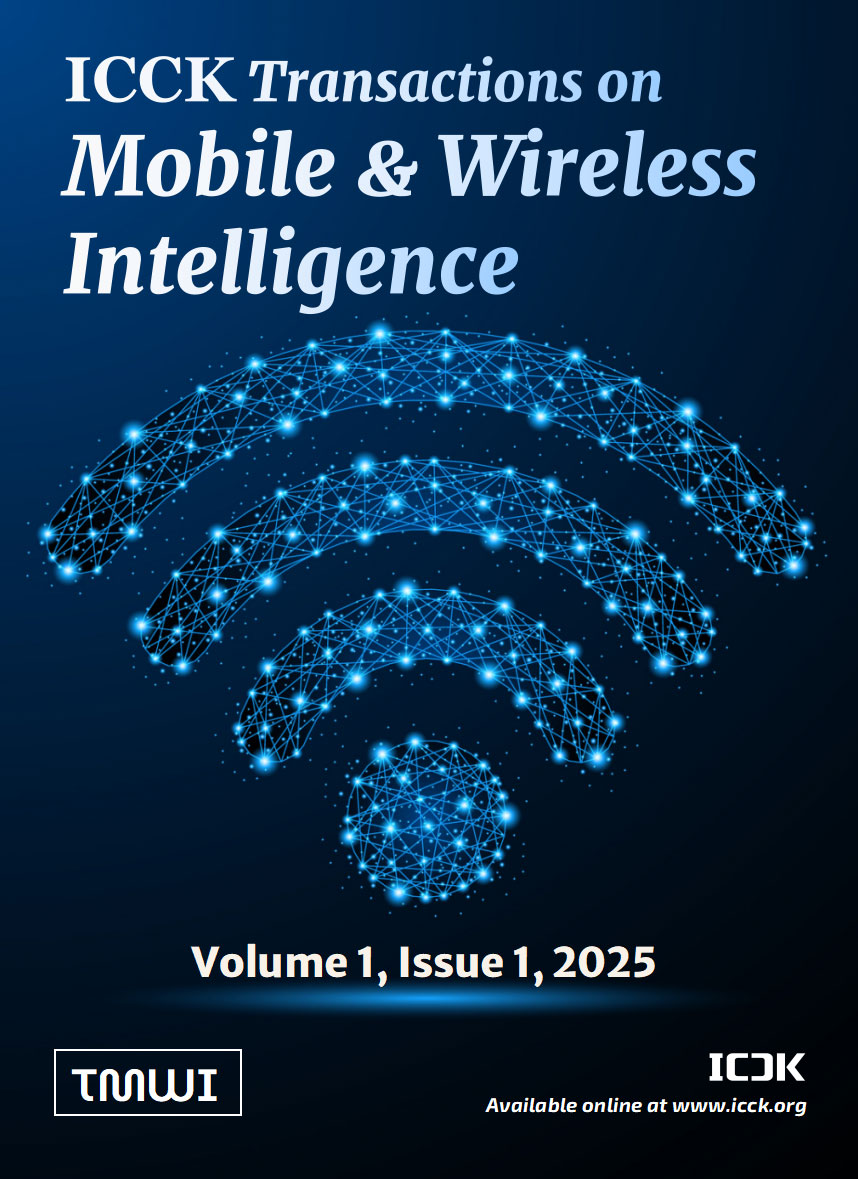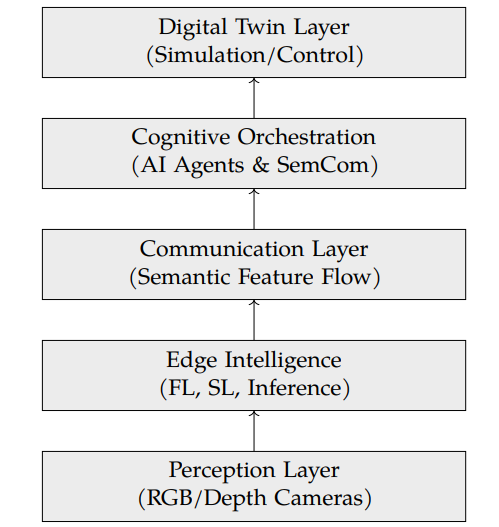Abstract
Aiming to move from conventional throughput-centric paradigms to intelligent, context-aware systems able of perception and autonomous decision-making, sixth-generation (6G) wireless networks is seeking. Driven by recent developments in deep learning and edge artificial intelligence, computer vision (CV) proves to be a key enabler for such perceptive 6G systems. This paper offers a thorough overview bringing together the scattered terrain of CV-enabled 6G technologies. It benchmarks current models against major 6G performance criteria, evaluates architectural paradigms including federated and split learning, and presents a disciplined taxonomy of use cases. This study also notes the possibility of incorporating new technologies with CV to make it more effective, such as fluid antenna system (FAS) and fluid antenna multiple access (FAMA). The study shows that CV integration improves fundamental 6G capabilities like beamforming, mobility prediction, localisation, semantic communication, and immersive control. It also reveals limits in real-time inference under URLLC constraints, data scarcity, and energy economy, though. This work presents a unified basis for advancing CV-native 6G networks by spotting open challenges and suggesting a roadmap including generative perception, collaborative intelligence, and green vision computing.
Keywords
computer vision
6G wireless networks
FAS
edge intelligence
semantic communication
vision-aided 6G applications
Data Availability Statement
Data will be made available on request.
Funding
This study was supported by Scientific and Technological Research Council of Turkey (TUBITAK) under Grant 124E519.
Conflicts of Interest
The authors declare no conflicts of interest.
Ethical Approval and Consent to Participate
Not applicable.
Cite This Article
APA Style
Oukebdane, M. A., & Shah, A. F. M. S. (2025). Computer Vision-Powered 6G Networks: Technologies, Applications, and Challenges. ICCK Transactions on Mobile and Wireless Intelligence, 1(1), 19–31. https://doi.org/10.62762/TMWI.2025.159776
Publisher's Note
ICCK stays neutral with regard to jurisdictional claims in published maps and institutional affiliations.
Rights and Permissions
Institute of Central Computation and Knowledge (ICCK) or its licensor (e.g. a society or other partner) holds exclusive rights to this article under a publishing agreement with the author(s) or other rightsholder(s); author self-archiving of the accepted manuscript version of this article is solely governed by the terms of such publishing agreement and applicable law.


 Submit Manuscript
Edit a Special Issue
Submit Manuscript
Edit a Special Issue

